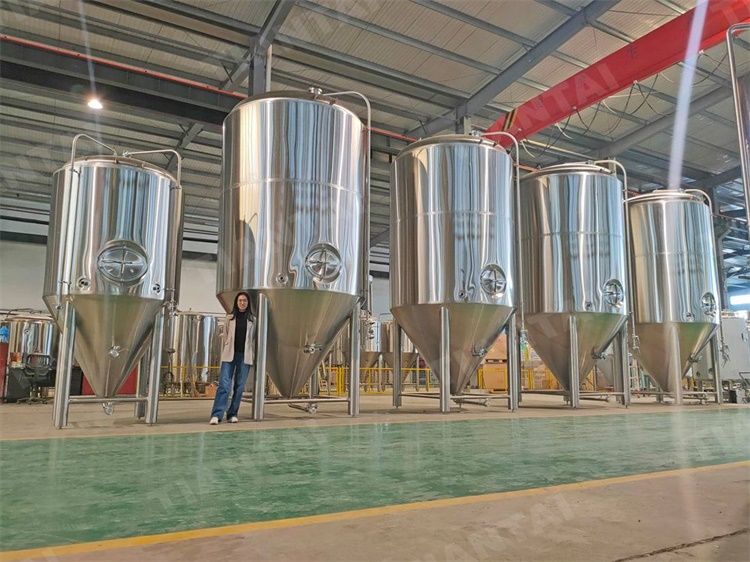.jpg)
Overcarbonation: If beer is overcarbonated, meaning it contains too much dissolved carbon dioxide (CO2), it can result in excessive foaming when opened or poured. Overcarbonation can be caused by several factors, including fermentation issues, incorrect priming sugar measurements during bottling, or contamination with wild yeast or bacteria.
Contamination: Contamination with certain bacteria or wild yeast strains, such as Saccharomyces diastaticus, can lead to excessive carbonation in beer. These organisms have the ability to consume complex sugars that regular brewing yeast cannot ferment completely, resulting in increased CO2 production and gushing.
To solve beer gushing issues, you can take the following steps:
Proper Sanitation: Ensure that all brewing equipment, including fermentation vessels, bottling equipment, and utensils, are thoroughly cleaned and sanitized to eliminate any potential sources of contamination.
Accurate Priming Sugar Measurement: When bottling, use a reliable and accurate method to measure the appropriate amount of priming sugar for carbonation. A priming sugar calculator can help you determine the correct amount based on the style and volume of beer you are bottling.
Contamination Prevention: Practice good brewing hygiene by minimizing exposure to wild yeast and bacteria. Use separate equipment for brewing sour or wild beers, and ensure proper cleaning and sanitation practices throughout the brewing process.
Control Fermentation: Maintain proper fermentation temperature control to ensure complete fermentation and avoid off-flavors or excessive CO2 production. Follow recommended fermentation timeframes and monitor gravity readings to ensure fermentation is complete before bottling.
Cold Crash and Conditioning: Consider implementing a cold crash phase before bottling. Lowering the temperature of the beer for a few days before bottling helps to clarify the beer and reduce the amount of yeast and sediment that may contribute to gushing.
If you encounter persistent gushing issues, it may be helpful to consult with experienced brewers or join brewing communities for troubleshooting and specific advice tailored to your brewing process and ingredients.
Edited by Helen
Email: [email protected]


.jpg)



Get In Touch